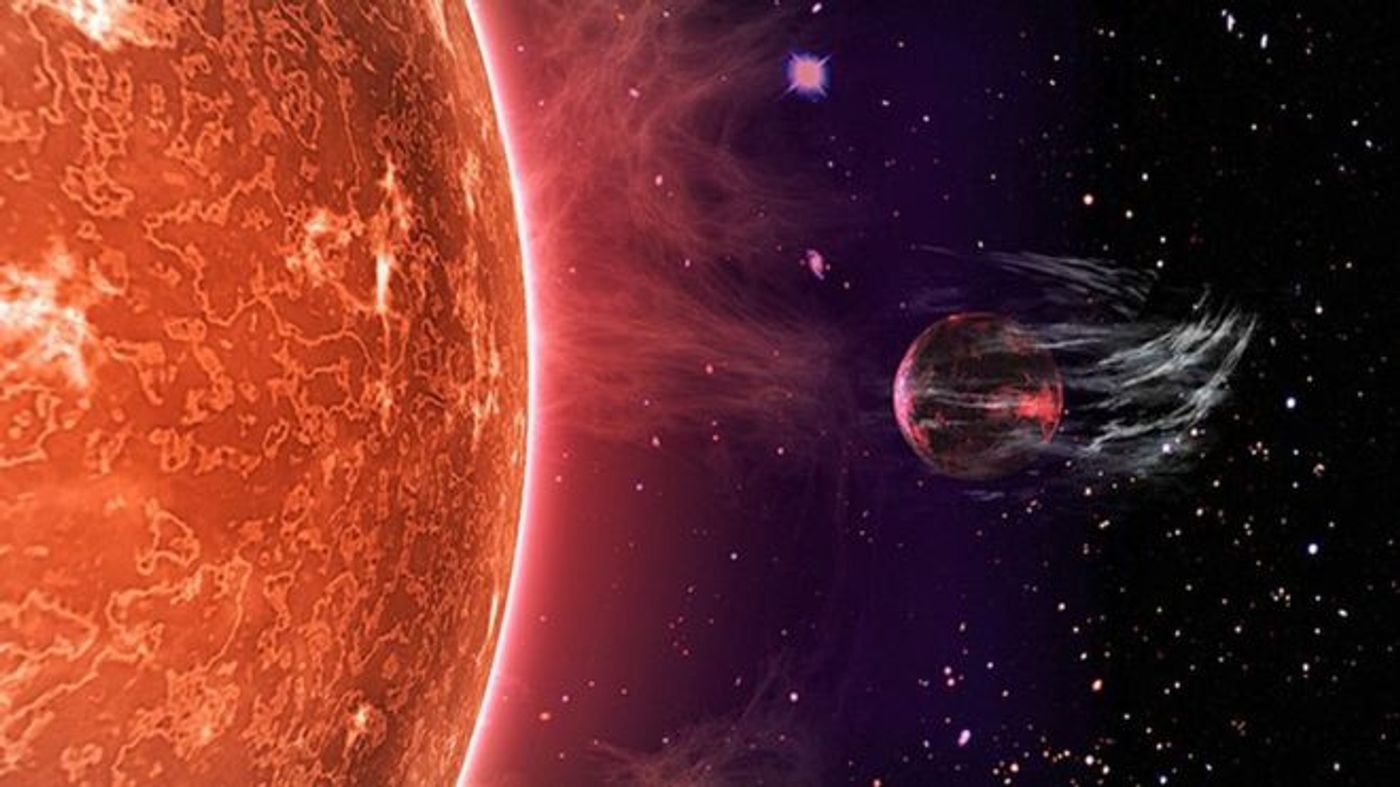Evidence Found for Exoplanets Having Atmosphere Stripped Away by Host Star
Scientists have long had the interest in Earth-like exoplanets because it’s thought that exoplanets like Earth are the most likely to have similar breeding grounds for life forms. As a result, we study them as closely as possible, despite being light years away from them.
Researchers are digging deeper to find out why some of these Earth-like exoplanets, which are anywhere from two to ten times larger than our own planet, seem to have no atmosphere. The one thing they all have in common is their distance from their host star. The findings are published in the journal Nature Communications.
As it turns out, they are so close to their host star in many instances, that the radiation from the star may have actually stripped the planets of their atmosphere. Differences in magnetic fields may also play a big role in the atmosphere stripping, as we have learned from the differences between Earth and Mars.
“For these planets it is like standing next to a hairdryer turned up to its hottest setting,” University of Birmingham’s Dr Guy Davies explained. “There has been much theoretical speculation that such planets might be stripped of their atmospheres. We now have the observational evidence to confirm this, which removes any lingering doubts over the theory.”
The team used data collected by NASA’s Kepler space telescope and used a technique called asteroseismology in order to learn more about the host stars of these Earth-like exoplanets, as well as the exoplanets themselves.
The findings reveal that the exoplanets would have looks significantly different at the start of their lives than they currently do, because with a gaseous atmosphere, they would have different colors, or even appear bigger than they actually are at the core.
Could the Earth one day face a similar scenario? Thankfully, we've got a fair distance from the Sun, as well as powerful magnetic fields protecting our atmosphere, but like Mars, it's always possible that the magnetic fields could dissipate...
Source: Nature Communications









